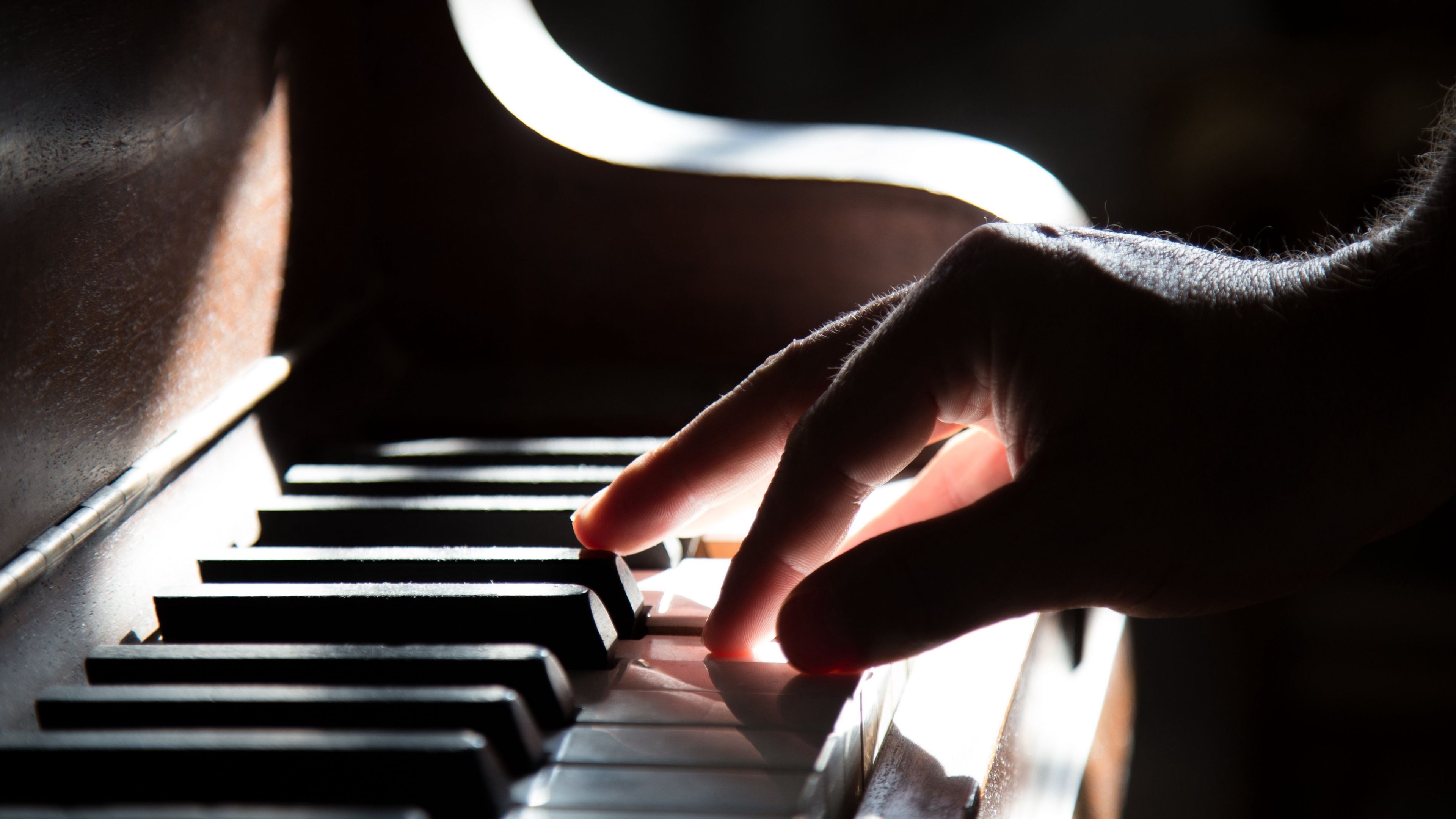These innovative instruments are bridging the gap between traditional music-making and modern technology, offering an array of features that make learning, playing, and creating music more engaging and accessible than ever before. By incorporating smart technology, these pianos provide users with interactive experiences, making them ideal for beginners, experienced musicians, and even music educators. The appeal of smart pianos lies in their ability to combine the tactile experience of playing a traditional instrument with the convenience and versatility of digital tools. With built-in features such as interactive lessons, sound libraries, and wireless connectivity, these pianos allow musicians to enhance their skills and explore new creative avenues. Beginners, for instance, can benefit from guided lessons that teach them how to read music, play chords, and develop technique. Many smart pianos offer real-time feedback, helping users improve their playing and track their progress, which is a valuable tool for self-directed learning. For those who already have some experience, these pianos provide advanced tools like recording capabilities, backing tracks, and the ability to connect to music production software, opening up endless possibilities for composition and performance.

Unlike traditional acoustic pianos, which are limited by the physical mechanics of the instrument, smart pianos can produce a vast range of sounds, from grand pianos to electric keyboards and even orchestral instruments. This feature is especially useful for musicians who want to experiment with different genres or need to recreate specific sounds for compositions. Moreover, many smart pianos come with headphone jacks, allowing players to practice quietly without disturbing others, making them ideal for urban living spaces or shared environments. The integration of apps and software is another compelling reason to consider a smart piano. These digital platforms often feature song libraries, tutorials, and even games that can make learning fun and interactive. Whether it is through a smartphone, tablet, or computer, users can sync their devices to the piano and access a wealth of learning resources that guide them through various musical techniques. Additionally, some pianos offer compatibility with popular music production programs, allowing musicians to seamlessly integrate their piano playing into larger musical projects.
This feature is a game-changer for those interested in music production and digital composition, as it simplifies the process of incorporating piano parts into tracks. Beyond the individual musician, smart pianos also have the potential to enhance the music education experience. For teachers, these instruments offer a range of tools to monitor students’ progress, customize lessons, and provide personalized feedback. The connectivity features of smart pianos allow instructors to access student performances remotely, assess their skills, and offer guidance. This creates a dynamic and interactive learning environment that is much more engaging than traditional piano lessons. Moreover, the ability to incorporate multimedia content, such as videos or visual aids, further enhances the educational value of these instruments. In conclusion, the digital revolution in music has made its mark with the advent of smart pianos, offering an exciting and modern twist on an age-old instrument. These pianos combine traditional playing techniques with the power of technology to create an experience that is both enjoyable and educational.
